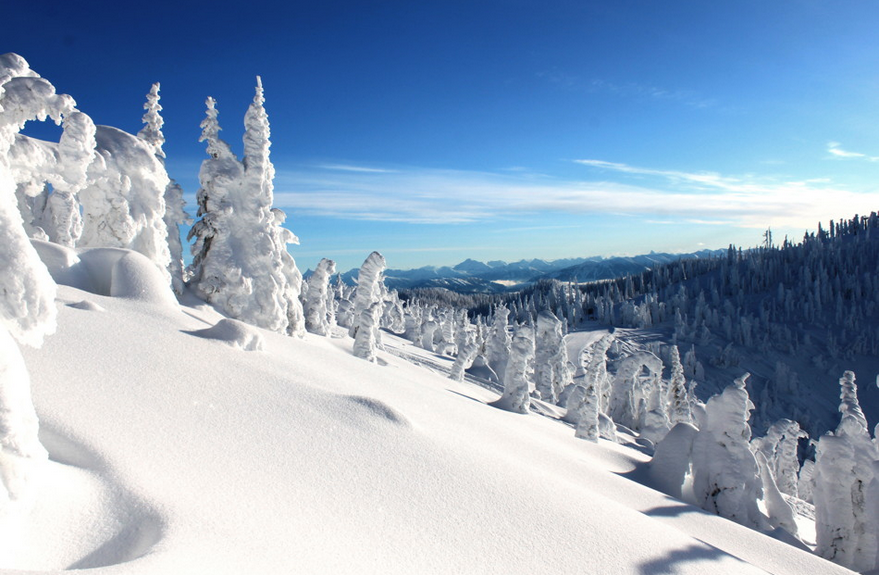How to Ski in Spring - Tips to Stay Safe on Spring Snow

As winter comes to an end, the weather gets warmer and warmer. That doesn't men you can't enjoy skiing. You can still go to some ski resorts which are popular among late skiers and have fun. There are quite a few of these resorts. In North America, you can go to Mammoth, California or if you don't mind traveling a little further, try Whistler-blackcomb, Canada. There is a huge glacier in the latter that makes it possible to ski even in June.
Now that you know where to go, there are other important things to keep in mind when you ski in late season. This is because the snow is probably melted enough that it provides more challenge for you to glide on it. Understanding these things can help you stay safe on the melted spring snow. I found some great tips shared by people at HenrysAvalancheTalk.com. Check it out in the following.
Also Read: Whitefish Mountain Resort Review
After a solid melt-freeze layer has formed and there has been a good melt during the day, it needs to freeze well the night before; the ideal is a cool clear night; for example: minimums of –2 degrees (or lower) at 2000 m if your going to be skiing at 2000m and above. This will allow the melted parts of the layer to freeze solid again from that altitude up.
Then, in the morning, you look to get on the east facing slopes first thing, 9 AM, because the sun rises in the east and therefore those slopes get the sun first. Then you move to south facing slopes, then west. Do this right and get some of the best skiing of the season.
Aside from a night that is not cool enough, the only thing that gets in the way of great spring skiing is the nasty ruts in the snow that people leave behind because they either ski spring snow slopes (slopes that get lots of sun in spring: E,S and W) before the melt-freeze layer has formed (too soon after a snowfall) or they ski the slopes too late when they are too soft and mushy.
Also Read: Best Snowshoes for Beginners
